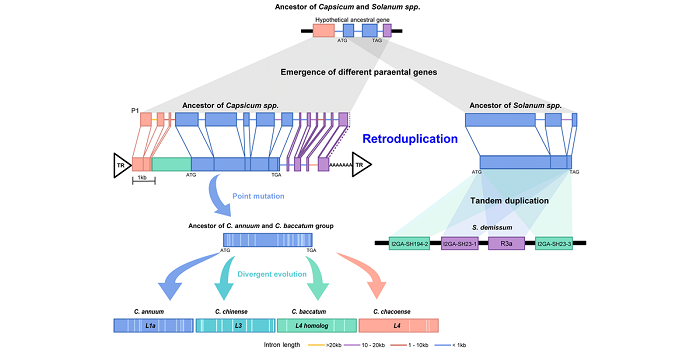
Amplification of plant disease-resistance genes in pepper is intimately linked to transposon activity
Blog, Plant Science Research Weekly, Research, Research BlogPeppers are an economically and ecologically important crop plants, but genomic resources are rather scarce. The authors provide here new reference genome sequences for three species of hot pepper (Capsicum baccatum, C. chinense and C. annuum), identifying evolutionary forces that have shaped pepper…

How asparagus recently changed its lifestyle from hermaphroditism to distinct males and females
Blog, Plant Science Research Weekly, Research, Research BlogSex determination in the animal kingdom has been relatively well studied, with two main systems responsible for the sexes in mammals, insects, birds, reptiles and fish; XY and ZW sex-determination. Although much is still unknown about these systems, with many exceptions being discovered to previously…
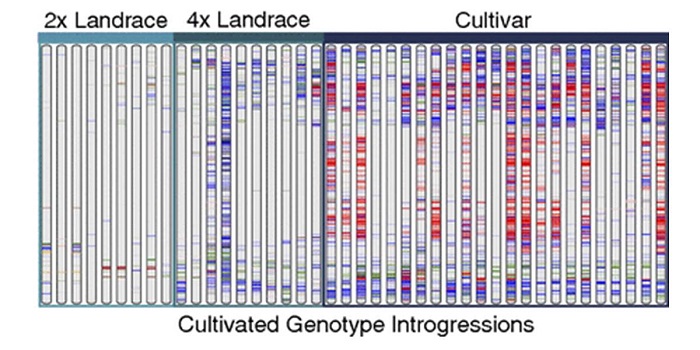
Complex evolutionary history and targets of domestication in the cultivated potato
Blog, Plant Science Research Weekly, Research, Research BlogPotatoes originated in the Andes of southern Peru, and are now the third most important crop for direct human consumption. Hardigan et al. sequenced 67 potato relatives, including South American landraces, North American cultivars and wild-diploid species to learn about the genetics of modern potato’s…

Tomato Genome Goes Nano
Research, The Plant Cell, The Plant Cell: In a NutshellSchmidt et al. demonstrate that nanopore technology can be applied to plant genomes https://doi.org/10.1105/tpc.17.00521
By Schmidt, M. H.-W., Vogel, A., Denton, A. K., Bolger, A. M., Bolger, M. E., and Usadel, B.
Background: An organism’s genome contains all the necessary information for its…
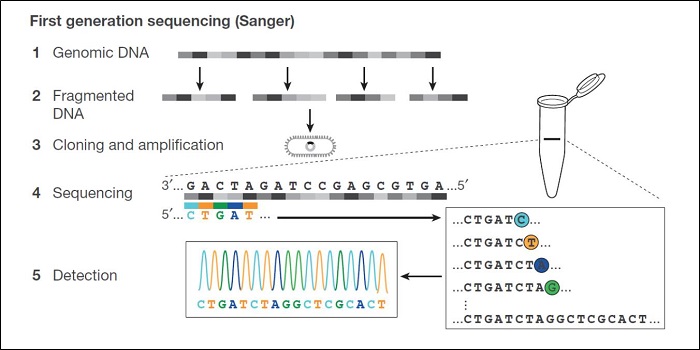
Review: DNA sequencing at 40: past, present and future ($)
Blog, Plant Science Research Weekly, Research, Research BlogShendure et al. provide a superb review of how DNA sequencing technology has changed over the years and how these changes open up new applications. They start with the Maxam and Gilbert chemical cleavage and the Sanger “chain-termination” methods developed in the 1970s, and describe the scale-ups…
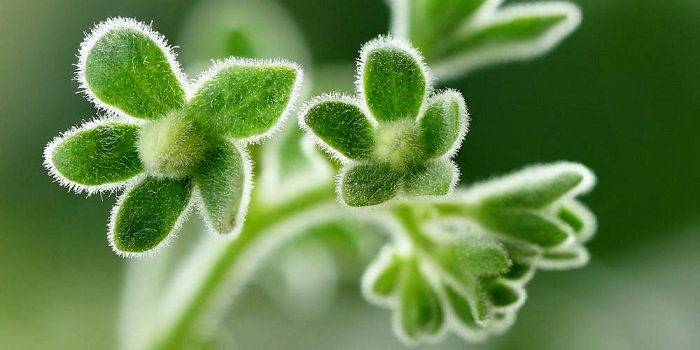
De novo assembly of a new Solanum pennellii accession using nanopore sequencing
Blog, Plant Science Research Weekly, Research, Research BlogChromosomes are long, and DNA sequencing reads have typically been short, meaning that it is necessary to assemble lots and lots of short reads by looking for overlapping sequences. This strategy is made more difficult in repeat-rich and transposon-rich regions of genomes, which characterize many plant…
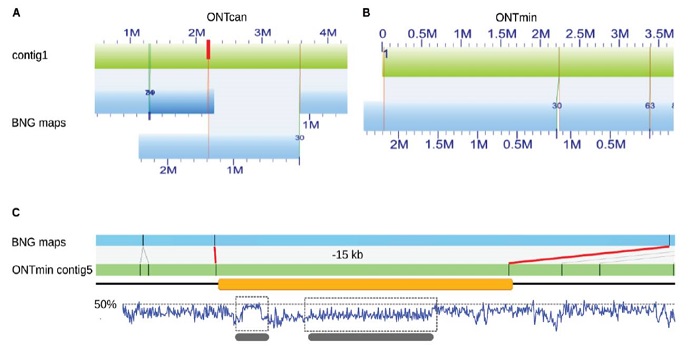
High contiguity Arabidopsis thaliana genome assembly with a single nanopore flow cell
Blog, Plant Science Research Weekly, Research, Research BlogThe current version of the Arabidopsis thaliana Col-0 reference genome, TAIR10, still has some gaps and mis-assemblies due to centromeres and repeat-rich regions. In another demonstration of the promise of single-molecule sequencing, Michael, Jupe et al. used a single nanopore flow cell to sequence the…
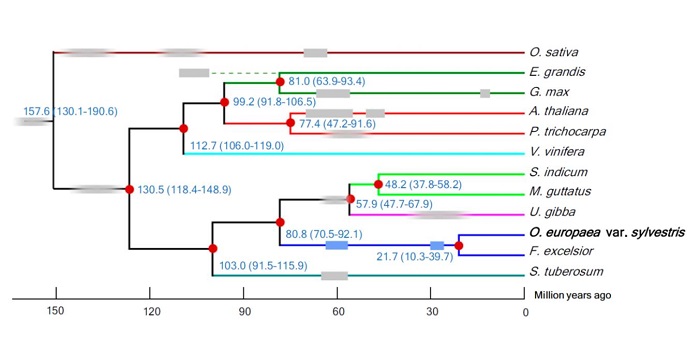
Genome of wild olive and the evolution of oil biosynthesis
Blog, Plant Science Research Weekly, Research, Research BlogOlive oil is a staple of the healthy “Mediterranean diet” and contains high levels of the monounsaturated fat oleic acid. Unver, Wu et al. present the genome of the wild olive tree (Olea europaea var. sylvestris) (draft sequences of domesticated olive trees without extensive functional annotation…

The genome of Quenopodium quinoa, a halophytic pseudocereal
Blog, Plant Science Research Weekly, Research, Research BlogQuenopodiium quinoa is a highly nutritive and facultative halophyte pseudocereal whose cultivation has increased 10 fold in the last decades. However, the adaption to non-native areas is not easy to achieve and the limited genetic resources do not allow a breeding program. Zou and collaborators have…

